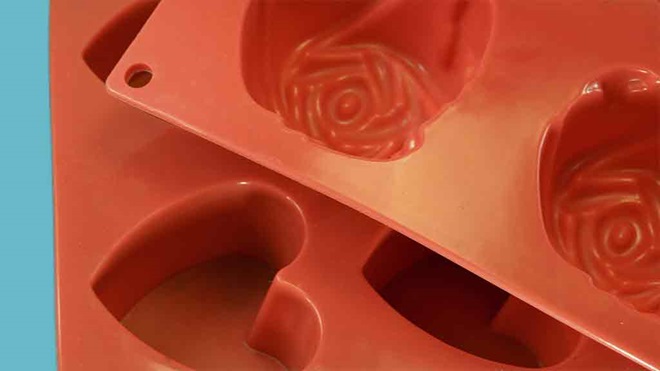A wibbly-wobbly cake tin is great for the novelty value, but will it perform just as well as your old metal bakeware?
CHOICE no longer tests silicone bakeware.
On this page:
We're on your side
For more than 60 years, we've been making a difference for Australian consumers. In that time, we've never taken ads or sponsorship.
Instead we're funded by members who value expert reviews and independent product testing.
With no self-interest behind our advice, you don't just buy smarter, you get the answers that you need.
You know without hesitation what's safe for you and your family.
And you'll never be alone when something goes wrong or a business treats you unfairly.
Learn more about CHOICE membership today
The pros and cons of silicone
When we tested silicone bakeware brands in the past our results showed that there's little or no difference between silicone and metal cooking performance. So, why switch to silicone? Here are the pros and cons:
Pros
- It's easy to use.
- It's flexible.
- It can be rolled up, folded or stacked.
- It can be put in the dishwasher without rusting.
- It's very light.
- It won't corrode, scratch, dent or peel.
Cons
- Some are very floppy so transferring the bakeware to the oven when it's filled can be difficult.
- It can be expensive.
- While silicone is 'non-stick', most still need to be greased with every use.
How floppy is too floppy?
It's not hard to imagine what could go wrong with a tray full of hot food that sags and wobbles when you lift it. A little bit of bendiness helps with turning out cakes and muffins, but anything too soft could spell spilled food and burnt fingers. We've found that flexibility can vary with different brands of silicone bakeware, and some even come with stainless steel elements to counteract the floppiness.
Tip: It's a good idea to use a metal baking sheet underneath all silicone bakeware to keep things stable.
What else to look for
Greasing
Although they're non-stick, most trays will need greasing every time. Some will only need greasing before first use (unless they're washed in the dishwasher). Check the manufacturer's instructions.
Firmness
Check the firmness of the silicone. Will the tray sag too much when filled with raw ingredients?
Reinforcing ring
Some cake pans have a removable reinforcing ring to help with support.
Handles
Look for firm handles for easier lifting.
Cleaning
Is it dishwasher-safe? Will it fit? Also, check for ridges and indents where food could become stuck.
Cost
Prices can range from $10 to $50.
Stock images: Getty, unless otherwise stated.



